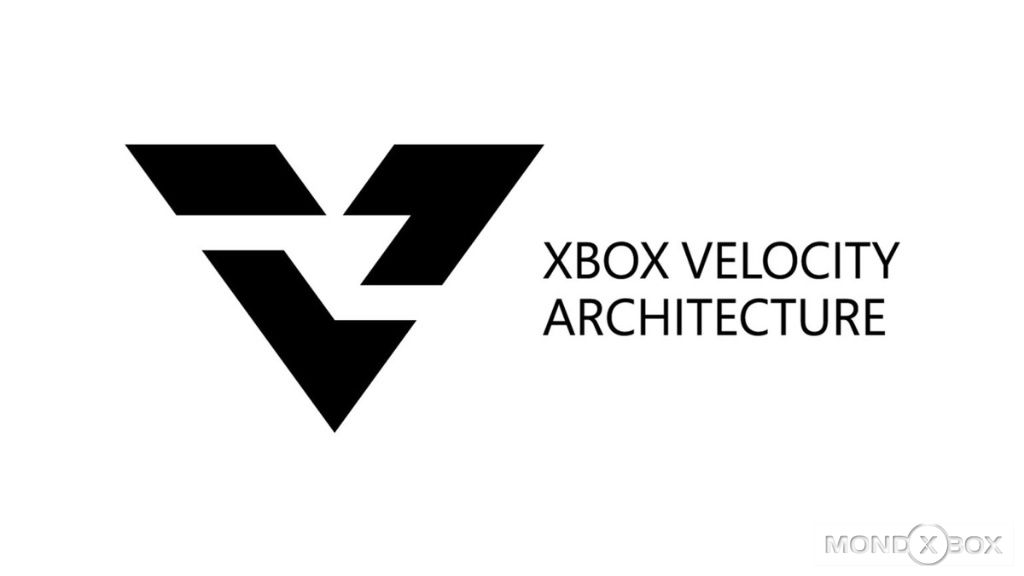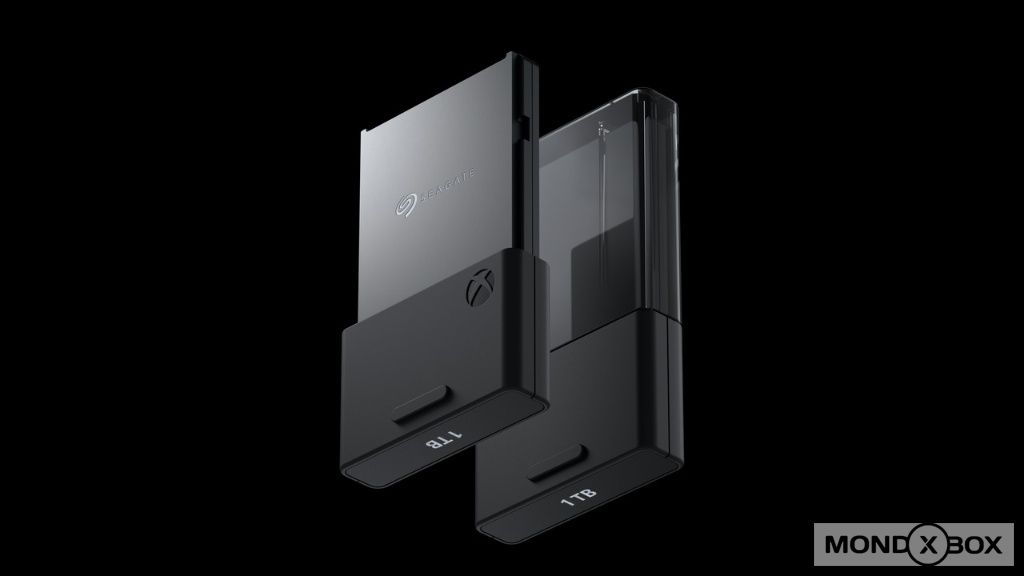Xbox Series X: How SSDs, expansion boards, and external USB disks work
To understand Microsoft's choices, you must first understand that they revolve around the Xbox Velocity Architecture,the architecture behind the console's performance innovations. Xbox Series X isn't just GPU and CPU power, but the entire architecture has been designed to speed up all game processing in a way that PCs have not been able to do so far. For example, the DirectStoragesystem, thanks to a hardware decompressor and other architectural solutions, will allow the CPU to directly and quickly access the compressed assets present on SSD memory without having to consume clock cycles, which will allow games to load super-fast textures, levels and movies, all without consuming power that will instead be usable in more important processes, such as AI and physical simulation. Or sampler Feedback Streaming,a component of the XVA architecture that will allow the GPU to load in real-time from SSD only the textures needed to render each scene, thus keeping free memory more than double or triple than games on current consoles, where all the textures of an environment are loaded into memory even if they are not framed by the camera. And finally,the suspension and reboot feature of multiple games from SSD is part of the XboxVelocity Architecture.

From this it is clear that, for games developed specifically for Xbox Series X,the speed of the internal SSD, based on a custom NVMe technology, is essential. External USB disks, however fast they may be (including SSDs), will never reach the internal SSD's through band, which is a major obstacle to expanding the console's internal memory. Microsoft has therefore come to the conclusion that, to expand the mass memory, an equally fast memory is needed: the proprietary Expansion Cardis born, which integrates the same type of memory that is present within the console and connects via a PCI Express 4.0bus, the same that connects the SSD to THE CPU and GPU. Inserting this tab will in fact be like adding a second SSD chip inside the console, in all equal to the first.

Microsoft has announced a partnership with Seagate to produce the first 1TB expansion boards, but revealed that further cuts will be available in the future; It is also unclear whether the agreement with Seagate is an exclusive agreement, or if we will see other manufacturers release the cards for the console. To date, however, the price of these memories is not known: if you consider, however, that to date a commercial SSD NVMe 1 TB costs about 200 Euros, it is likely that these expansions do not come to cost much less.
So when we finish the space in the internal disk you need to buy one of these tabs if we do not want to uninstall some game? That's not true. Microsoft was categorical in explaining that the titles developed for Xbox Series X must run on SSD, but also revealed that the console will continue to accept external USB 3.0 and 3.2 discs,which can be used to run all Xbox One titles and Xbox 360 and the first Xbox, as well as serve as a "warehouse" for native Xbox Series X titles.
If you have a USB disk connected and the internal SSD fills, you can then move the native XSX games that you use less on the external disk, and then copy them back inside when you have to return to play them; a solution certainly not very convenient, but that will allow you to save some money on the purchase of the surely expensive expansion. Of course, Xbox One and backward-computed games will also have advantages in loading speed if they are copied to the SSD, but being developed for slower memories they will also turn quietly on the external disk.
In short, as you may have understood the reason for Microsoft's choices in the introduction of expansion cartridges, it's all about offering the best possible performance, so that developers can create games worthy of the next-gen talk!